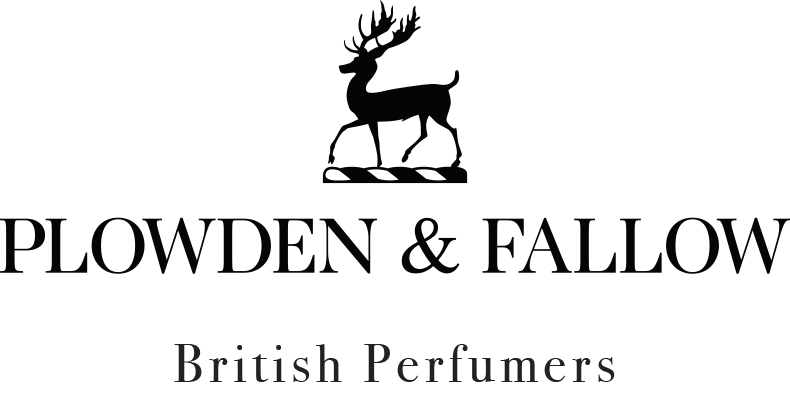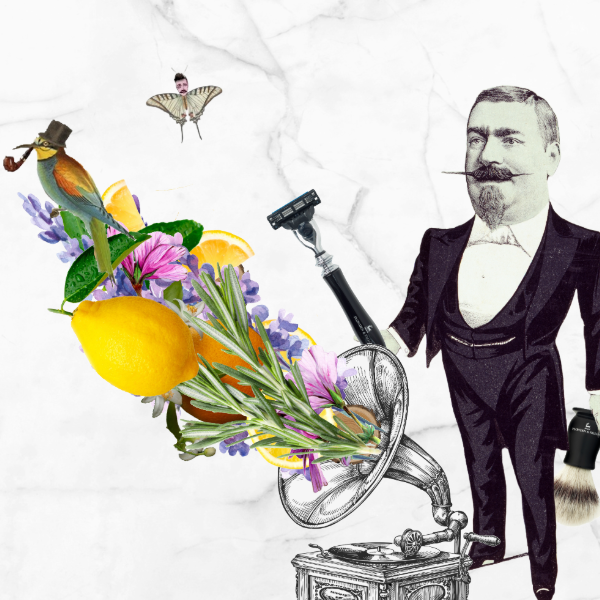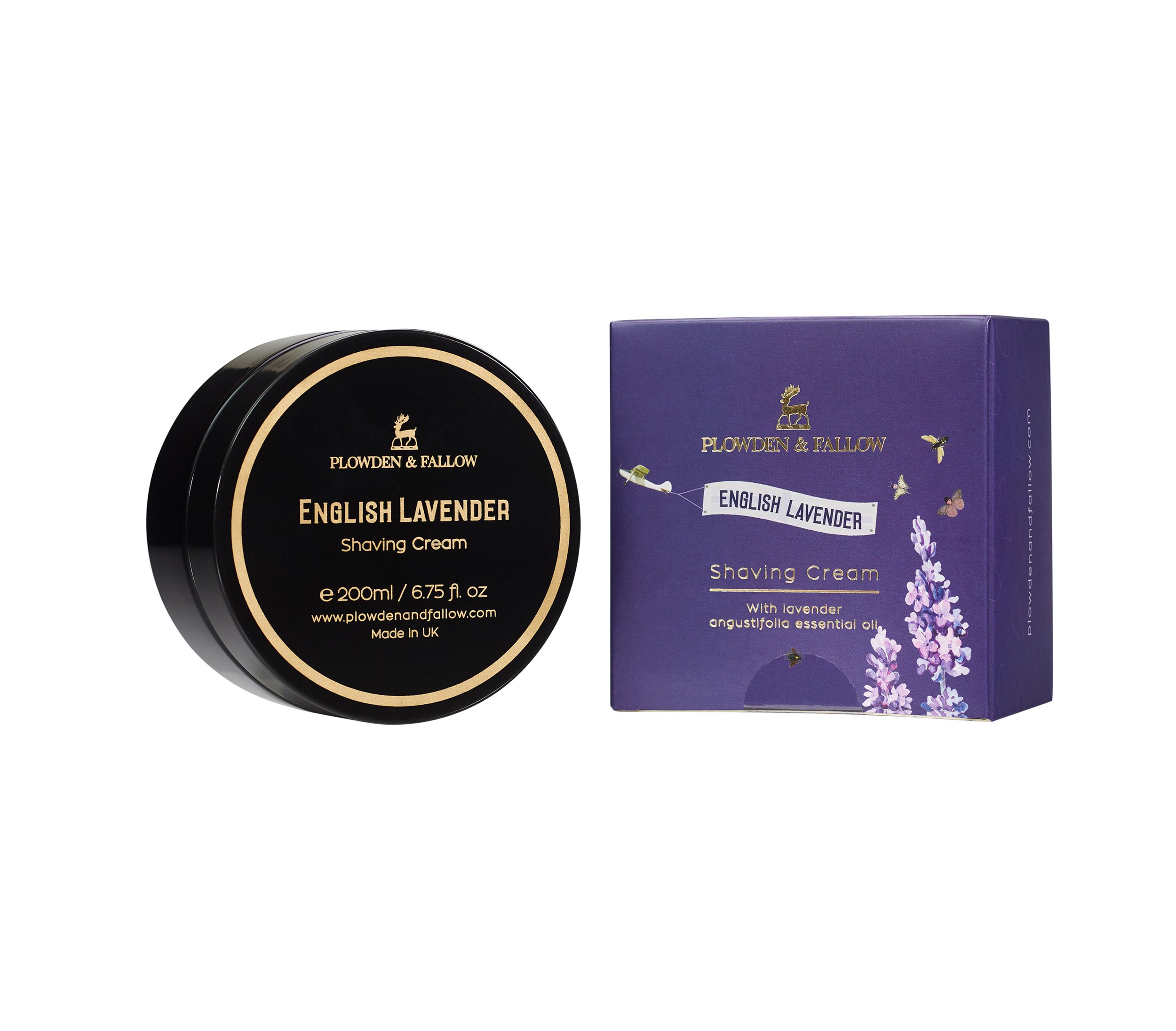Unravelling the History of Moustaches in the UK
Pictured | Some of the fragrant essential oils that make Plowden & Fallows A Close Shave Scent.
In the vast tapestry of British history, there exists a curious thread that has adorned the upper lips of many a gentleman – the iconic moustache. From handlebars to pencil-thins, the history of moustaches in the United Kingdom is a fascinating journey through fashion, tradition, and even rebellion. Join us as we embark on a hairy adventure through time to explore the evolution and significance of this facial hair phenomenon that has left an indelible mark on British culture.
The Victorian Era- Whiskers and Society
The roots of the British moustache tradition can be traced back to the Victorian era, where it’s presence on men was all the rage! Although, it is worth mentioning the moustache was thought to have been sported by men as early as the dark ages. The Victorian era was a time when facial hair was not merely a personal choice but a symbol of status and masculinity. The elaborate handlebar moustache, popularized by military figures like Lord Kitchener, became a symbol of strength and discipline. Men of the upper echelons of society sported well-groomed moustaches as a mark of respectability, and the facial hair trends of the time were often influenced by the reigning monarch's own grooming choices.
World War I- A Practical Trim
As the nation faced the trials of World War I, practicality took precedence over fashion. Soldiers on the front lines found that a shorter, more manageable moustache was not only hygienic but also accommodated the use of gas masks. The "Regulation Moustache" became a common sight among military personnel, reflecting the changing times and the adaptability of British style in the face of global conflict.
The Interwar Period- Hollywood Glamour and the Errol Flynn Effect
The interwar period saw a shift in facial hair fashion influenced by Hollywood glamour. British actors like Errol Flynn popularized the "Zorro" moustache, characterized by a dashing, swashbuckling flair. This era marked a departure from the strict military styles, as men began experimenting with more diverse moustache shapes and sizes, reflecting the changing cultural landscape.
The Swinging Sixties- Moustaches Make a Comeback
Fast forward to the swinging sixties, where cultural revolutions were underway, and boundaries were being pushed. The moustache experienced a revival, shedding its conservative connotations and embracing a more eclectic, avant-garde spirit. Iconic figures like the Beatles and David Bowie popularized a variety of moustache styles, from the minimalist to the extravagant. The "Beatle Mop Top" and Bowie's distinctive thin moustache became symbols of counterculture and self-expression.
The Movember Movement- Raising Awareness with Facial Hair
In recent times, the moustache has taken on a new role as a symbol of charitable efforts and awareness. The Movember movement encourages men to grow moustaches during November to raise funds and awareness for men's health issues, such as prostate cancer and mental health. The humble moustache has become a powerful tool for advocacy and solidarity, showcasing the ability of facial hair to bring attention to important social causes.
Conclusion- The Everlasting Appeal of the Moustache
As we reflect on the rich history of moustaches in the UK, it's evident that this facial hair fashion has transcended mere trends. From Victorian elegance to wartime practicality, Hollywood glamour to the swinging sixties, and modern-day advocacy, the moustache has proven to be a versatile and enduring symbol. Whether it's a handlebar, a chevron, or a simple lip tickler, the moustache continues to grace the faces of British gentlemen, weaving a story of tradition, adaptation, and resilience. So, next time you encounter a finely groomed moustache on the streets of the UK, appreciate the historical journey it represents – a journey of majesty and whiskers that has shaped the very fabric of British identity.
Yours faithfully,
Plowden & Fallow Customer Services.





